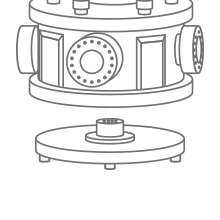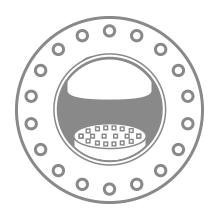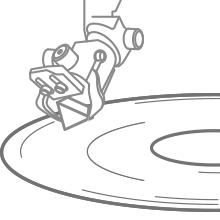⟢ Diamond Process ⟣
"Diamond Crafting: Our Exquisite Process for Unmatched Brilliance"
Forget buried treasures and ancient magic – dive into the modern marvel of lab-grown diamonds! Unlike their mined counterparts, these gems are born in the controlled brilliance of science. Unlike Cinderella, their transformation isn't just a fairy tale, it's a meticulously orchestrated dance of heat and pressure. Today, we unlock the secrets of the HPHT method - a fiery forge where carbon transforms into shimmering brilliance. So, buckle up, gem enthusiasts, as we witness the birth of a star, not in the cosmos, but right here in the lab!
Beyond Mines and Magic:
Lab-grown diamonds are real diamonds, boasting the same physical and chemical properties as their mined counterparts. But instead of relying on eons of pressure beneath the Earth, they're crafted in controlled environments using two main methods: CVD (Chemical Vapor Deposition) and HPHT (High Pressure, High Temperature). Today, we focus on the HPHT method, where pressure and heat mimic the Earth's fiery depths, coaxing carbon atoms into forming dazzling crystal structures.
Get ready to witness the HPHT magic unfold, step by fascinating step!

Step 01
Preparing the Seed :
It all starts with a tiny diamond seed, a microscopic sliver of a real diamond. This serves as the foundation for the new diamond to grow upon.
Experts carefully select seeds based on specific criteria like size, orientation, and absence of major defects. The size can range from microscopic dust particles to fractions of a millimeter.
The chosen seed undergoes meticulous cleaning and etching to remove impurities and ensure a strong foundation for growth. In some cases, the seed might be laser-cut to achieve a desired orientation or shape.

step 02
The Pressure Chamber :
The seed is placed inside a reaction cell, a specialized chamber designed to withstand extreme conditions.
The cell is packed with graphite powder, the source of carbon atoms for the diamond growth.
A metal catalyst like iron is added to aid the process.

step 03
Heating Up the Game :
The chamber is then ramped up to intense temperatures exceeding 2,000°C (3,632°F). Imagine the inferno of a volcano!
Simultaneously, the pressure inside the cell is cranked up to a staggering 8 GPa (gigapascals), equivalent to the pressure 80 kilometers beneath the Earth's surface. That's like having the weight of 800 Eiffel Towers pressing down on a pinpoint!

step 04
The Magic of Transformation :
Under these extreme conditions, the graphite breaks down, releasing individual carbon atoms. The metal catalyst helps dissolve these carbon atoms and transport them to the diamond seed.
Like tiny building blocks, the carbon atoms start attaching themselves to the seed, layer by layer, following the characteristic diamond crystal structure. Slowly but surely, a new diamond zaczyna to take shape around the seed.
After a carefully controlled growth period, the temperature and pressure are gradually reduced. This slow cooling process is crucial for ensuring the diamond's structural integrity and minimizing imperfections.
The result is a rough, uncut diamond ready for the next stage of its journey.

step 05
Bringing Out the Sparkle :
The rough diamond undergoes cutting and polishing by skilled artisans, transforming it into the dazzling gemstone we know and love.
This meticulous process reveals the diamond's brilliance, fire, and scintillation, making it indistinguishable from its mined counterpart.

step 06
From Lab to Luxury :
The final touch! Expert craftsmanship transforms the polished diamond into a stunning jewel. Skilled setters meticulously place it in a carefully chosen design, crafting a ring, pendant, or earring that showcases the gem's brilliance.
These masterpieces, born from science and artistry, are ready to adorn wearers with a touch of luxury and sparkle.
